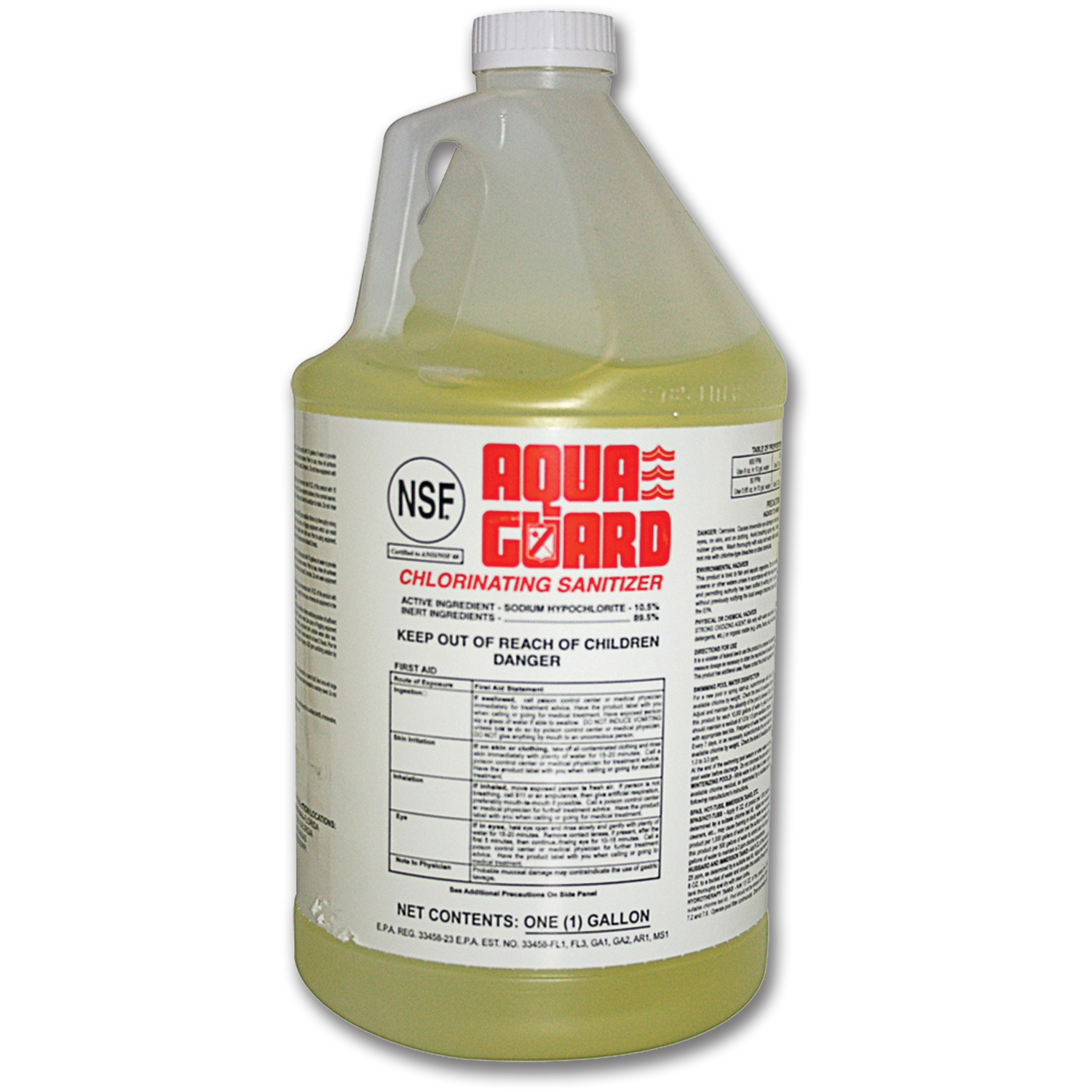

As a common disinfectant, elemental chlorine and chlorine-generating compounds are used more directly in swimming pools to keep them sanitary. Chlorine is used in the manufacture of a wide range of consumer products, about two-thirds of them organic chemicals such as polyvinyl chloride (PVC), many intermediates for the production of plastics, and other end products which do not contain the element. The high oxidising potential of elemental chlorine led to the development of commercial bleaches and disinfectants, and a reagent for many processes in the chemical industry. These crustal deposits are nevertheless dwarfed by the huge reserves of chloride in seawater.Įlemental chlorine is commercially produced from brine by electrolysis, predominantly in the chlor-alkali process.

It is the second-most abundant halogen (after fluorine) and twenty-first most abundant chemical element in Earth's crust. In 1809, chemists suggested that the gas might be a pure element, and this was confirmed by Sir Humphry Davy in 1810, who named it after the Ancient Greek χλωρός ( khlōrós, "pale green") because of its colour.īecause of its great reactivity, all chlorine in the Earth's crust is in the form of ionic chloride compounds, which includes table salt. Carl Wilhelm Scheele wrote a description of chlorine gas in 1774, supposing it to be an oxide of a new element.
LIQUID CHLORINE NEAR ME FREE
However, the nature of free chlorine gas as a separate substance was only recognised around 1630 by Jan Baptist van Helmont.

It is an extremely reactive element and a strong oxidising agent: among the elements, it has the highest electron affinity and the third-highest electronegativity on the revised Pauling scale, behind only oxygen and fluorine.Ĭhlorine played an important role in the experiments conducted by medieval alchemists, which commonly involved the heating of chloride salts like ammonium chloride ( sal ammoniac) and sodium chloride ( common salt), producing various chemical substances containing chlorine such as hydrogen chloride, mercury(II) chloride (corrosive sublimate), and hydrochloric acid (in the form of aqua regia). Chlorine is a yellow-green gas at room temperature. The second-lightest of the halogens, it appears between fluorine and bromine in the periodic table and its properties are mostly intermediate between them. Chlorine is a chemical element with the symbol Cl and atomic number 17.


 0 kommentar(er)
0 kommentar(er)
